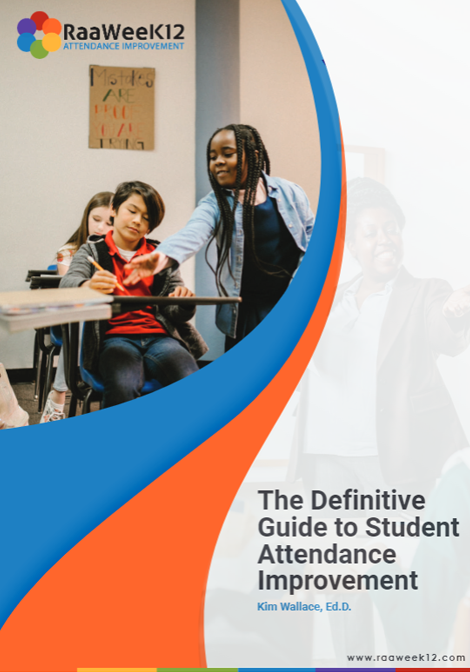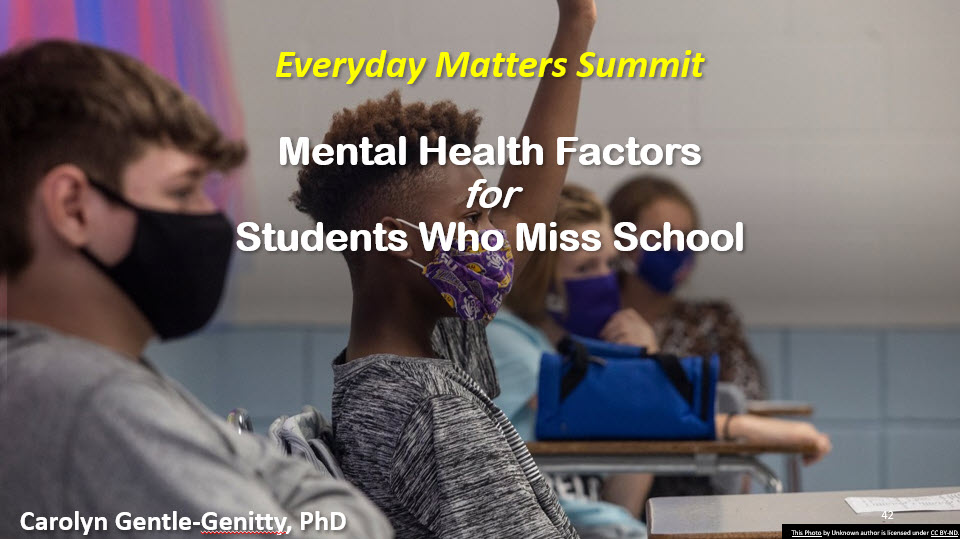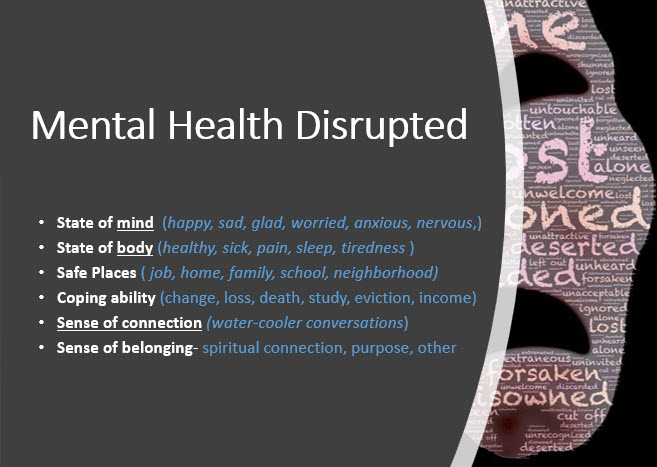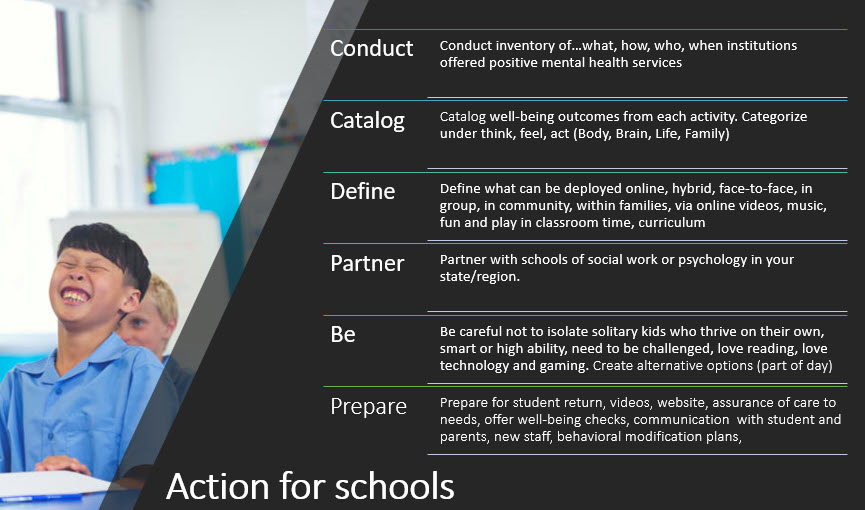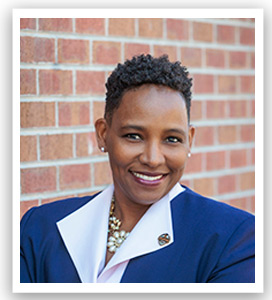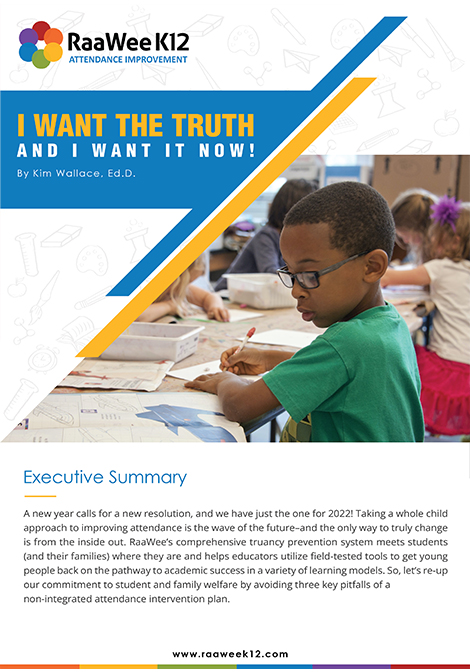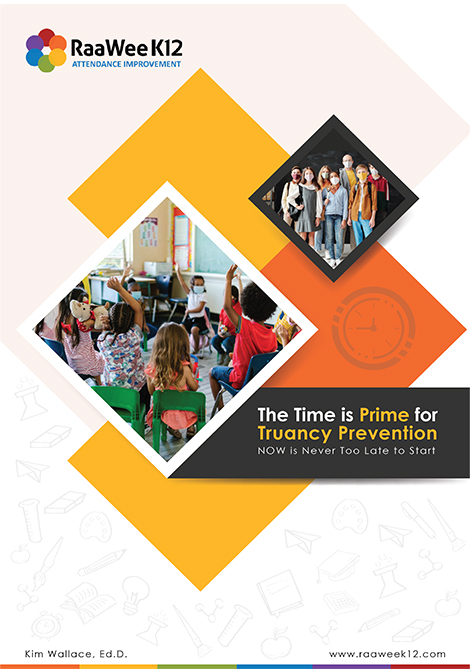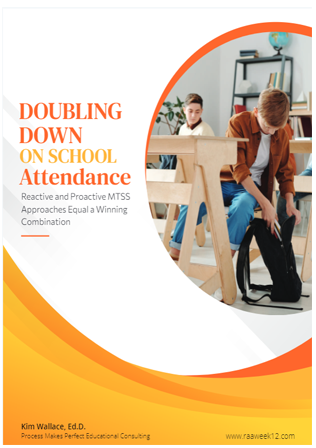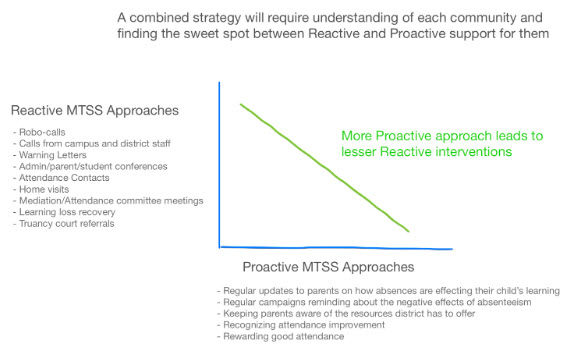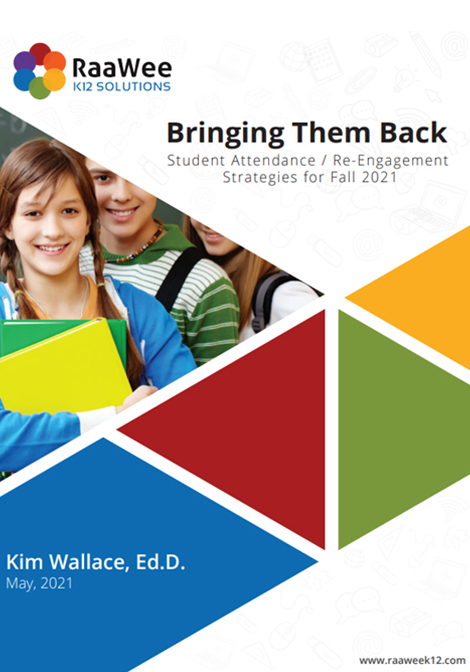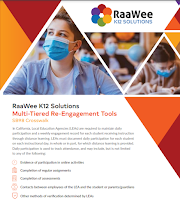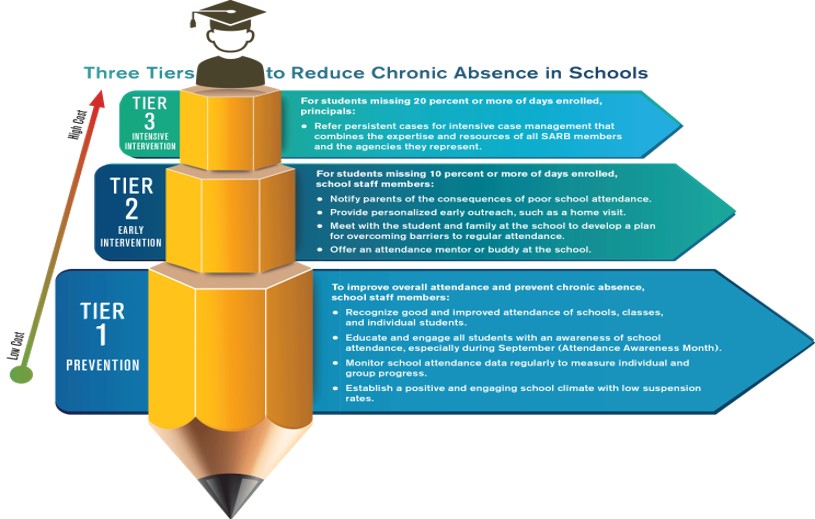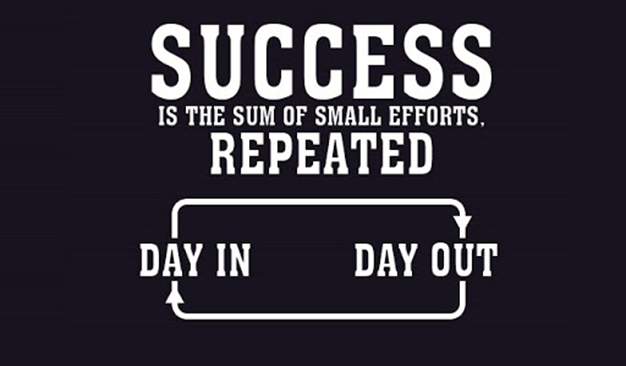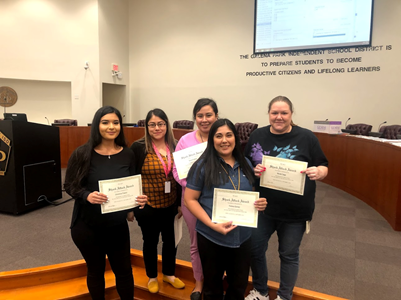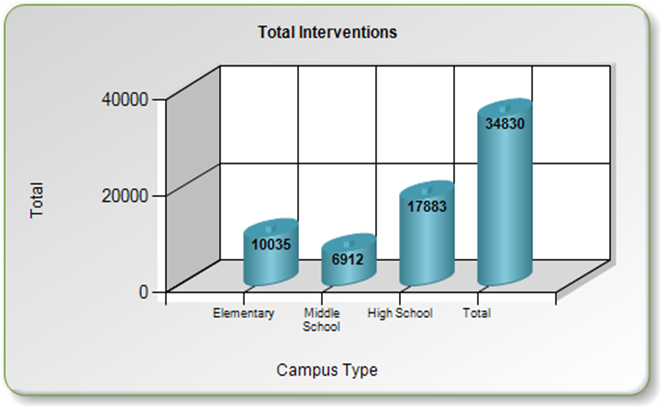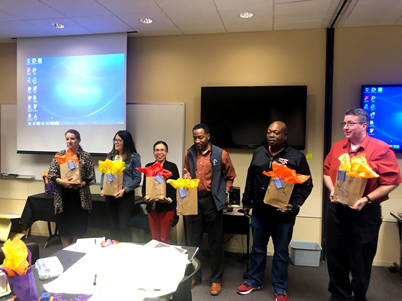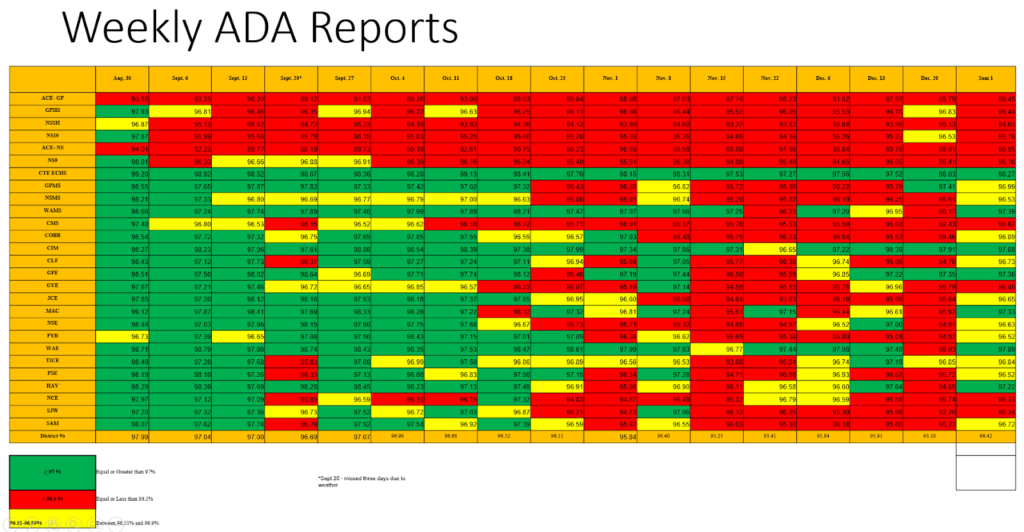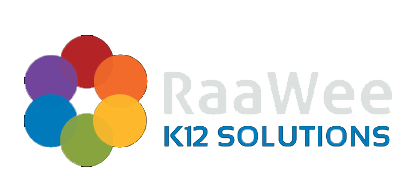Attendance Team Collaboration
Teamwork is nothing new to the education field–it is a major part of the way we conduct the important business of educating children. Teachers are involved in grade-level or content area teams. Support and clerical staff work together on teams in the front office. Administrators operate on leadership teams at the district level. And there are teams on everything in between: from school climate committees to parent-teacher organizations to curriculum task forces to governing boards. But just because we’re all on teams doesn’t necessarily mean we automatically know how to interact, function, or execute our jobs or missions as one entity. Think about all of the teams you’ve participated on, either voluntarily or by assignment, and the qualities that made them successful…or not.
Team Building for Success
Building a high-performing attendance team can be a little more complex than groups that are affiliated by subject matter or job roles, since they tend to be multi-disciplinary, cross-functional, and far-reaching. However, they do passionately share the same goal: Improving attendance for our most marginalized students. Here are a few tips for creating and organizing a well-designed attendance team:
Think outside of the box when deciding whom to invite.
Obviously, you want to include the director of student services, a nurse or child welfare specialist, a site administrator from each grade span, a counselor, and attendance clerks, but also think about adding a student, parent/caregiver, student information system manager, and external community partners that also serve families. They can each add unique and valuable perspectives and offer creative solutions to consider as you craft your strategies and approaches to reduce truancies and chronic absenteeism.
Relationships don’t build themselves.
Though there are many pressing and urgent issues to attend to in your meetings, the work can be done much more effectively when team members know each other as human beings, learn to trust each other, and share their stories together. Spend some time exploring what draws each member to the work, why they care, what motivates them, and what they hope to accomplish by joining the team. These strong relationships will help people commit to coming to meetings and participating with their whole selves for the long term.
Know and state your purpose.
In early meetings, the team should establish norms, define appropriate goals and expectations, and establish a flexible decision-making process. It’s also important to communicate with each other openly, freely, and democratically. Consider leveling the playing field and breaking down barriers by using first names rather than titles or ranking. When issues are handled professionally and promptly and each member knows how their own part contributes to the whole, teams can cover more ground and make a greater impact on student attendance.
As the African proverb says “If you want to go fast, go alone, if you want to go far, go together”. And since we have many miles to go before we sleep in the work of improving student attendance, it’s much more sustainable to do so as a team that works!
About the Presenter
Born and raised in an educator household, Dr. Kim Wallace started her own career in public education 30 years ago as a high school English and history teacher before becoming a site principal and district office administrator. Her most recent K-12 role was as superintendent of one of the 20 largest school districts in California.
Kim joined the UC Berkeley School of Education Leadership Programs division as the Associate Director of the 21st Century California School Leadership Academy (21CSLA) State Center in 2020. She also runs her own consulting company Process Makes Perfect, specializing in real world solutions for practitioners in the field. Kim consults, writes, and presents internationally on systems change and emerging trends in educational leadership. An award-winning, innovative educator, Kim leverages her abilities in educational administration, program management, and relationship development to optimize institutional effectiveness and deliver remarkable results.
Dr. Wallace’s book Leading the Launch: A Ten-Stage Process for Successful School District Initiatives was published by Solution Tree Press in 2021, followed by Leading Through an Equity Lens in 2023. Her upcoming book, Gamechanging Leadership in Action: An Educator’s Companion is in production with Routledge/Taylor & Francis (Fall 2025). Kim attended the University of California Santa Barbara for her undergraduate degree in history. She then earned her Master’s in Education (M.Ed.) at the University of California Los Angeles and culminated her educational goals with a Doctorate in Education (Ed.D.) from the University of California Davis.



